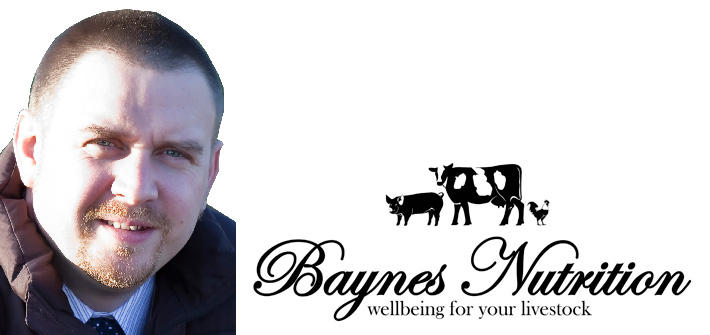Last month I was talking about the combination of additives currently used in piglet starter feeds as ways to improve growth. This was on the back of decisions the EU made to remove antimicrobial growth promoters in order to reduce chances of antimicrobial resistance problems.
As a PS to my comments, and just before we move on to more basic issues, I’d like to draw your attention to a survey of producers in Europe that showed, in general, they aren’t as worried about resistance issues as they are the legal and financial penalties of use and/or misuse of medication.
Producers in Belgium, France, Germany, Sweden and Switzerland felt that the reduction in revenue from non-medicating was more important to them than the potential threat of microbial resistance from over-use of antimicrobials. A surprising stance – and one where I feel UK producers would give a very different response if they were interviewed.
This month, I’m going right back to basics in a timely fashion to remind you about the need for water and the implications of not providing enough. As a rule of thumb, water intake is roughly two-and-a-half times that of voluntary feed intake. There are large individual variations, but this guideline is a good place to start.
To encourage feed intake, there has to be sufficient water to meet and match. This becomes even more pertinent when stocking density gets tight, floor space reduces and competition for these resources becomes greater.
A recent study from Canada’s Prairie Swine Centre on the effect of stocking density and resources on 1,008 grower/finisher pigs produced some interesting results. It showed as physical space became more restrictive, daily liveweight gain suffered as a consequence. But, if greater provision for water was added – for example by adding an extra drinker – growth rates were significantly improved, as was FCR.
This shows that this single inexpensive resource is a vital component in the economic rearing of pigs and should be reviewed on each farm. Although feed costs have been coming down, we have to continue to look for ways of improving performance through greater efficiency. It would be disappointing – and totally unnecessary – to find that lack of water was limiting efficiency.
Moreover, and particularly in outdoor production, we’ve seen significant improvements in growth and health of piglets when they’ve access to acidified water. If the water is coming from a borehole on limestone, the acid not only helps to ensure hygiene, but also helps to avoid limescale building up in the water lines. The treated water can act to improve the first line of defence against pathogens in the stomach as well as promoting protein digestion from an early age.
As we continue to look for combinations of products to reduce the reliance on antimicrobial intervention, water remains essential and should be treated with the same respect as feed.




